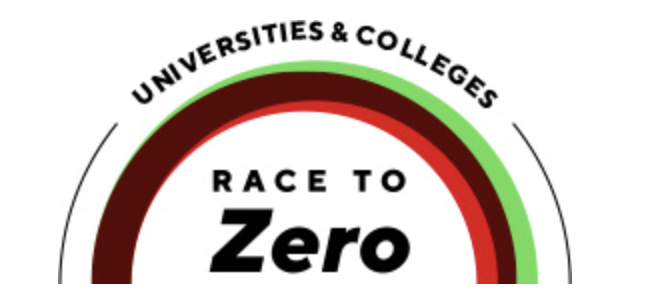Sea Turtle Conservation volunteer
(During nesting season only: January –through May)
Role Overview
As a sea turtle nest monitor, you will walk a 2km stretch of beautiful Isabela beach during early light and late evening shifts. Depending on the time of the season you arrive, you may be lucky enough (but of course not guaranteed) to observe a turtle nesting (January through mid-March) or in mid-March through May observe turtle hatchlings leave the nest. During your patrol you will collect baseline data for the Galapagos National Park to support the management plan of the local beach. This will include:
Determining nesting patterns of the Green Sea Turtle, the species that nests on Isabela beaches, and marking off laid nests.
Observing and taking data on nests.
As you walk the beach, picking up rubbish and debris to keep the beach clear for the turtles.
Kikuyo removal - you will also be asked to dedicate 2 hours daily to the removal of kikuyo from the turtle nesting area. Kikuyo is a highly invasive plant to Isabela that chokes out other native plant species and that overgrows into areas along the beach that sea turtles can no longer use to nest. Its removal will be an important part of your role.
Beach profiling - if you’ll be volunteering on this project around the 15th of each month (during the nesting season), we will need your help to measure beach erosion to determine the current beach profile. This data collection allows us to compare changes in the beach profile over time, ultimately leading to better management of the beach as erosion is a consequence of many factors.
Every 15 days we collect data on sea turtle nesting threats as observed on the beach during different times of the day.
Participate in a monthly meeting to discuss the data collected.
Schedule
Monday - Sunday monitoring walks; all volunteers will have 2 days off during the week to rest.
5-6 hours/day: 6:00AM-9:00AM (first light) and anywhere from 8:00PM-01:00AM (dark); 4:00-6:00PM Kikuyo removal.
The morning beach walk is 4kms long and the night beach patrol requires walking the beach twice for a total of 8kms of walking.
*The night walk does not have a set hour as this will vary and greatly depend on the high tide time when you are in Isabela. Night walks may last longer if a nesting turtle is encountered.
Requirements
Ability to speak and understand Spanish is beneficial as it will increase your ability to communicate and integrate with community members. IOI staff are English speakers but National Park Staff speak basic English thus we highly recommend that you brush up on your Spanish skills to make the most of your experience. If you would like to add a 1 or 2 week long Spanish course to the start of your program, please let us know so we can help you arrange this.
A genuine passion for animal conservation.
Ability to work independently as well as in a team.
Flexible schedule that accounts for the day to day needs of working with a local institution.
Physical ability to work outdoors with potentially high sun, element, and temperature exposure.
Strong physical fitness to be able to walk long distances on an uneven beach and to pull the strong roots of the Kikuyo invasive plant.
Ability to independently collect and register data. You will train with team members during your first week and thereafter, may monitor with team members or partner up with another project volunteer and monitor and collect data following your training. This will be explained in further detail during your induction session.
Interested in volunteering as a Turtle Nest Monitor? Follow these 3 easy steps.
Step 1: Apply Now & Reserve. Fill out an application and pay the reservation deposit. The deposit holds your spot in one of our programs and goes towards your final program fee. The deposit is already deducted from the prices you see below. The application and deposit do not guarantee the dates you anticipate joining us. Once we receive your application, we will contact you with any follow-up questions and confirm your dates.
Not ready to fill out an application but have questions? Contact us.
Step 2: Reserve your space by making your $200 deposit
Step 3: Pay the program remaining balance fee 8 weeks before your trip.




























